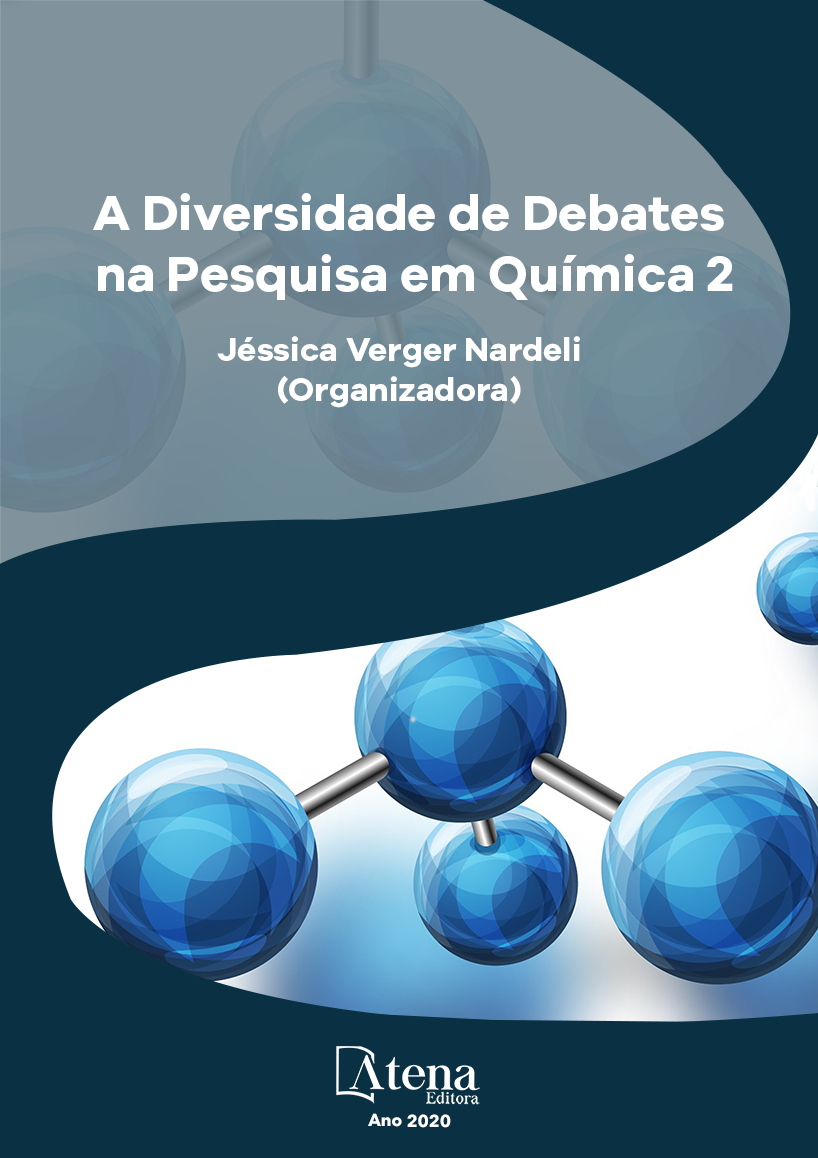
MODELAGEM CINÉTICA DA CLORAÇÃO DO TA2O5 COM C2CL4
Processos de ustulação cloretante podem ser realizados de forma direta, utilizando o Cl2 como agente cloretante, ou através de agentes cloretantes alternativos. Neste contexto, compostos organoclorados são promissores, pois além de serem facilmente volatizados, já apresentam na mesma molécula o agente cloretante e redutor. O presente estudo teve como principal objetivo a avaliação quantitativa da cinética de cloração do pentóxido de tântalo com tetracloroetileno através dos modelos do núcleo não reagido (SC) e auto catalítico (AC). Tanto o material inicial, quanto o mesmo após o processo, bem como o produto sólido depositado na saída do reator foram caracterizados via DRX e MEV/EDS. Através de simulações termodinâmicas foi possível verificar a viabilidade de cloração de amostras puras de Ta2O5 com C2Cl4 diluído em atmosfera de N2 na faixa de temperatura entre 800 a 950°C, sendo os principais cloretos gasosos formados, TaOCl3 e TaCl5, em concordância com os dados experimentais. No que diz respeito à modelagem cinética ambos os modelos permitiram o ajuste dos dados em nível quantitativo, sendo os valores de energia de ativação global iguais a 93,8 kJ/mol (SC) e 32 kJ/mol (AC) . A comparação dos valores obtidos com dados da literatura sugere que o controle é de natureza química, sendo a decomposição do C2Cl4 na superfície das nanopartículas de Ta2O5, possivelmente, a etapa controladora.
MODELAGEM CINÉTICA DA CLORAÇÃO DO TA2O5 COM C2CL4
-
DOI: 10.22533/at.ed.76920300121
-
Palavras-chave: C2Cl4, Ta2O5, Modelagem Cinética
-
Keywords: C2Cl4, Ta2O5, Kinetic Modeling
-
Abstract:
Chlorination roasting processes can be carried out directly, using Cl2 as a chlorinating agent, or through alternative chlorinating agents. In this context, organochlorine compounds are promising, since besides being easily volatilized, they already present in the same molecule the chlorinating and reducing agent. The present study had as main objective the quantitative evaluation of the chlorination kinetics of tantalum pentoxide with tetrachlorethylene through the shrinking core (SC) and auto catalytic (CA) models. Both the initial material and the post-process material as well as the solid product deposited at the exit of the reactor were characterized via DRX and MEV/EDS. By means of thermodynamic simulations, it was possible to verify the viability of chlorination of pure samples of Ta2O5 with C2Cl4 diluted in N2 atmosphere in the temperature range between 800 and 950°C, the main gaseous chlorides being formed, TaOCl3 and TaCl5, in accordance with experimental data. With regard to kinetic modeling, both models allowed quantitative representation of the experimental data, with the overall activation energy being 93.8 kJ/mol (SC) and 32 kJ/mol (AC), suggesting that the control is of a chemical nature, with the decomposition of C2Cl4 on the surface of the Ta2O5 nanoparticles, possibly the control stage.
-
Número de páginas: 15
- Taiane Zocatelli
- Eduardo de Albuquerque Brocchi
- Rogerio Navarro Correia de Siqueira


